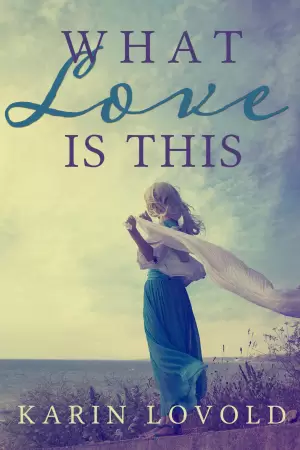Review of The Shape of Sex: Nonbinary Gender from Genesis to the … by Leah DeVun
When I first stumbled upon The Shape of Sex: Nonbinary Gender from Genesis to the … by Leah DeVun, I was intrigued by its promise to explore gender through the lens of history, intertwining theological debates with the vibrant complexities of human identity. As someone who has often felt locked in the rigid confines of modern gender discussions, I was eager to journey into the past and see what it could reveal about our current understanding of nonbinary identities.
DeVun’s work is nothing short of a revelation. This is possibly the best trans history book I’ve read, opening countless doors into realms I had never considered. From sophisticated Jewish theologians in the 4th century discussing the divine nature of androgyny to Christian alchemists in the 14th century who longed for a hermaphroditic Jesus, I found myself captivated by the sheer audacity of these ideas. It felt wild—and exhilarating—to discover that my historical ignorance had kept me from appreciating the rich tapestry in which nonbinary identities have long existed.
DeVun weaves together the narratives of opposition and complementarity. No simple narratives exist here; rather, the book is a rollicking exploration of how both binary and nonbinary systems have shaped gender throughout history. The Foucauldian notion that our modern ideas of gender and sexuality are relatively new is meticulously unpacked. For example, DeVun reveals how medieval surgeons, influenced by Islamic naturalists, not only catalogued intersex bodies but also intervened, often violently, to correct them in the name of moral order. This intricate dance between morality and ontology, where reality is molded to fit preconceived ideas, showcases the insidious power structures at play.
The writing itself is engaging, filled with vivid imagery and a rich vocabulary that invites you to ponder rather than just passively consume. DeVun strikes a remarkable balance between academic rigor and accessible prose, making complex historical discourses feel both vital and immediate. I was especially struck by her exploration of monstrosity in medieval literature, suggesting that hermaphroditism was historically coveted yet demonized—a lens through which to understand contemporary gender debates.
One standout moment comes when DeVun illustrates how early scholars viewed nonbinary figures as divine, challenging the rigid confines of traditional gender roles. I found myself illuminated by the thought that these complex theological ideas destabilized the notion of God as strictly masculine, inviting readers to consider multiple facets of divinity. Such reflections are both comforting and challenging, prompting us to question how deeply embedded these ideologies are in our lives today.
In conclusion, The Shape of Sex is essential reading for anyone curious about the nuanced and often tumultuous relationship between gender and history. Those interested in theology, queer studies, or a deeper understanding of gender fluidity will find this book enriching and transformative. Personally, the experience of reading DeVun’s work has shifted the way I perceive not just history, but the complexities of gender identity as well. It’s a book that invites you to embrace nuance, contemplate compassion, and recognize complexity in a world often quick to classify. Whether you’re new to these discussions or seeking deeper insights, this book will resonate profoundly. Happy reading!
Discover more about The Shape of Sex: Nonbinary Gender from Genesis to the … on GoodReads >>










